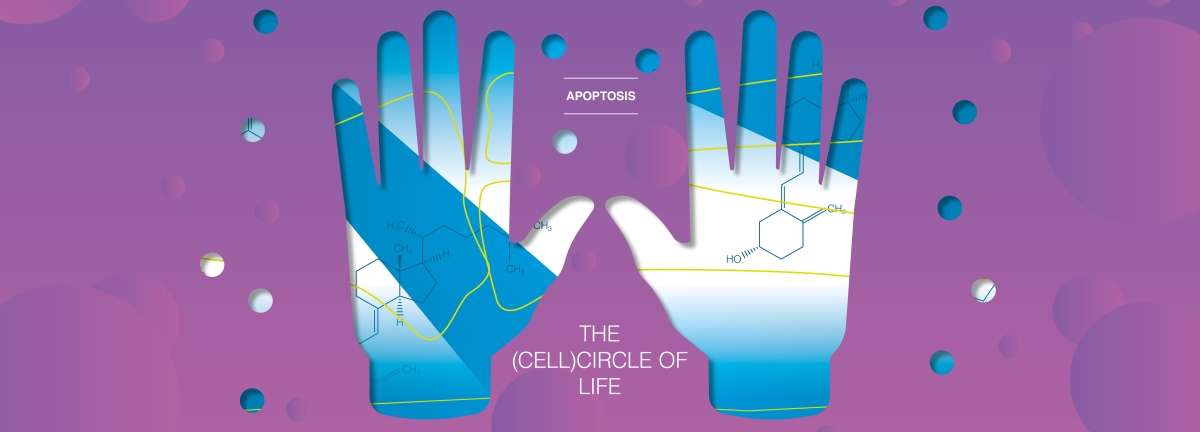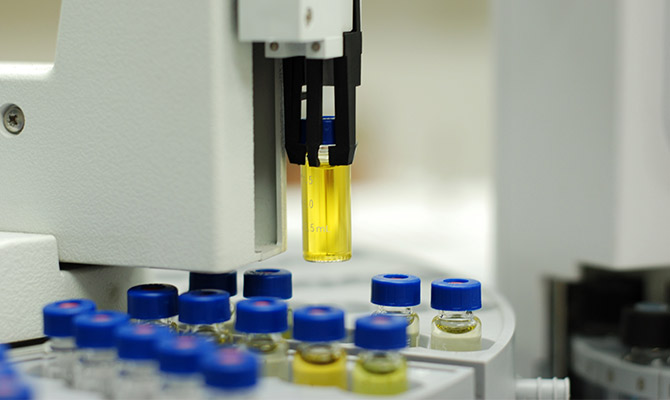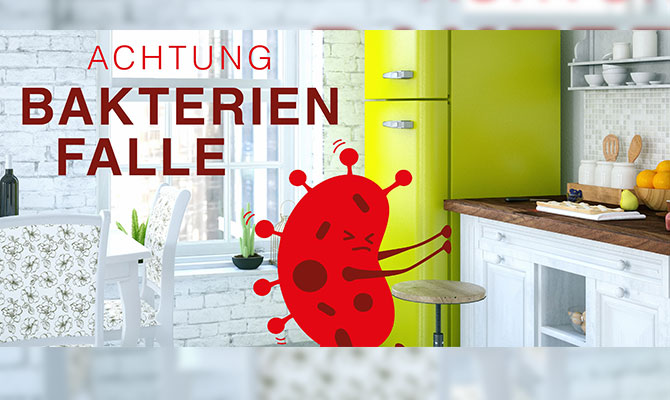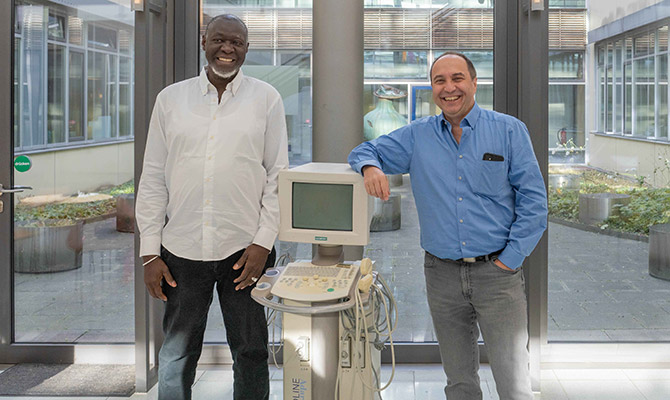
Getting rid of the stuff that’s no longer good:
The controlled turnover of cells in our body
Generally speaking, we like to remove anything that we no longer need or is no longer good for us. Yet decluttering and sorting things out is more of a task for minimalists, and everyone else often finds it difficult. We tend to accumulate plenty of things over time, and deciding what we want to part with is not always easy. So we always have to consider questions such as “What am I attached to?” and “What might I still need in the future?” This can be difficult and exhausting, which is why most people don’t like doing it.
So it’s a good thing that our body takes care of decluttering independently and regularly. It does this through a process called apoptosis – a self-destruction program for the cell that ensures our continued survival. The term “apoptosis” comes from Ancient Greek and originally referred to the falling of leaves in autumn, with “-ptosis” meaning “falling” and “apo-” meaning “off/away from”. In science, the term describes the (self-)induced, organised and carefully monitored cell death of eukaryotic cells.
Survival through cell death
Although it might sound paradoxical at first, this process is in fact a very old and effective strategy to keep us healthy and alive. After all, it’s important that any cells that have become superfluous, infected, transformed or injured are eliminated as quickly as possible. Therefore, in every cell, there are fixed and genetically defined intracellular signalling pathways for cell death. The task of removing potentially dangerous cells in a timely manner is carried out by means of programmed cell death – a complex machinery. One form of programmed cell death is apoptosis. It is characterised by the preservation of cell membranes, meaning that the cell does not simply dissolve, but instead neatly separates into small packages called “blebs”. This allows neighbouring cells with phagocytic activity to remove the cell debris by “eating it up”, so that – unlike necrosis – no inflammation occurs. Every day, approximately 80 billion body cells in adult humans die as a result of apoptosis. However, an equal number of cells are created in their stead. Through this process, the cells of a human organism are replaced multiple times throughout a human”s life.
Apoptosis and the creation of new life
Apoptosis also plays an important role in the development of the human embryo. It is an essential process during embryonic development that enables orderly and precise structural changes and the formation of organs. One of the more commonly known examples of how apoptosis plays a key role in our development is in the formation of fingers and toes. During the early stages of development, the hands and feet of the human embryo are still filled with tissue and form paddles similar to duck feet. Apoptosis leads to the removal of this tissue, which is how the individual fingers and toes develop. Apoptosis is also important for the proper formation and function of organs, among other things. In the brain, it helps to remove excess neurons and modify synapses, which is essential for the proper development and function of the nervous system. And apoptosis also plays a role in the formation of body cavities and the development of our immune system, making it indispensable everywhere. It is a fundamental process in the embryonic development of not just humans, but all animals, and ensures that the cells and tissues of the embryo develop correctly and functionally.
Apoptosis in the wider animal world
Apoptosis also plays a crucial role in another process of animal development: The metamorphosis of tadpoles into adult amphibians. The most striking feature of this metamorphosis is the reduction and eventual elimination of the tadpole tail. This occurs mainly through apoptosis, where the tail cells are specifically broken down to make room for new structures in the adult frog. In addition, other tissues and organs also change: Cells in the skin, gills and intestines that are specific to life in water die through apoptosis and are replaced by new cell and tissue types, such as lungs, that are better adapted to life on land.
After all, it’s important to ensure optimal preparation for life – and at Carl ROTH, we’ve been ensuring that our customers are optimally equipped for over 145 years now, supporting them with our broad range of expertise and a desire to go the extra mile.
Sources:
https://www.definition-online.de/apoptose/#:~:text=Pro%20Tag%20kommt%20es%20zum%20Absterben
https://www.uniklinik-duesseldorf.de/fileadmin/Fuer-Patienten-und-Besucher/Kliniken-Zentren-Institute/Institute/Zentralinstitut_fuer_Klinische_Chemie_und_Laboratoriumsdiagnostik/Lehre/Wahlpflichtk/Geronto/Literatur/WPK_Geronto_Apoptose_L.pdf





